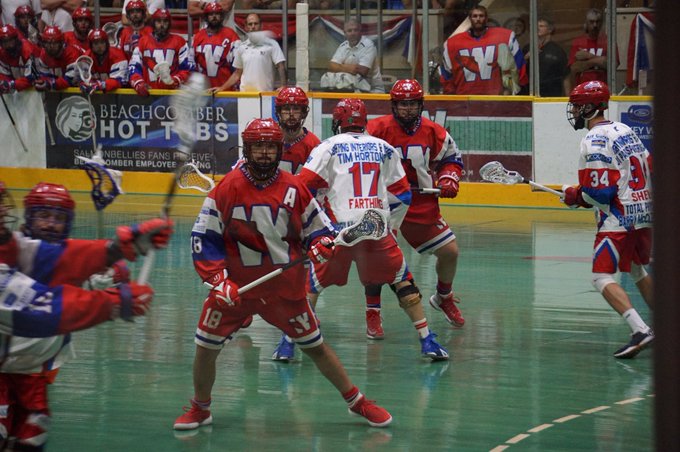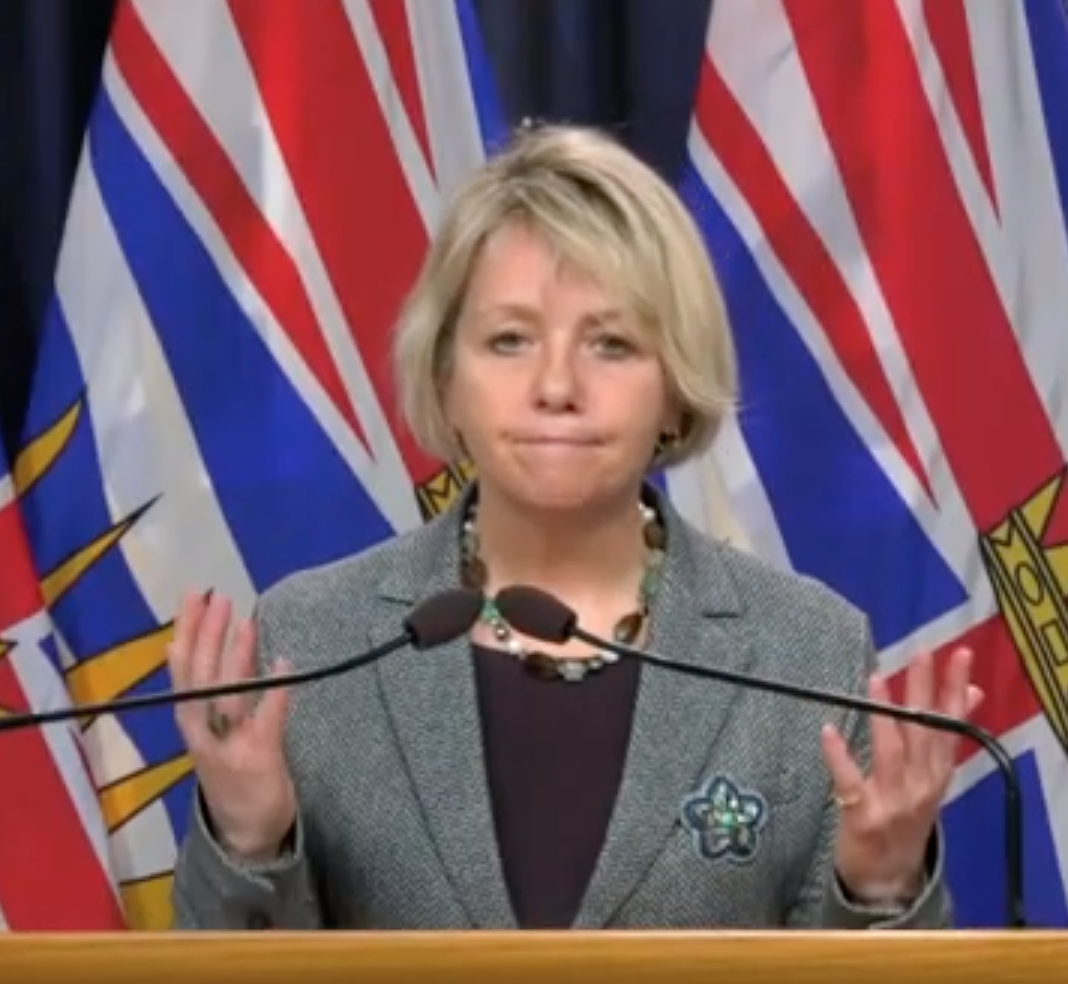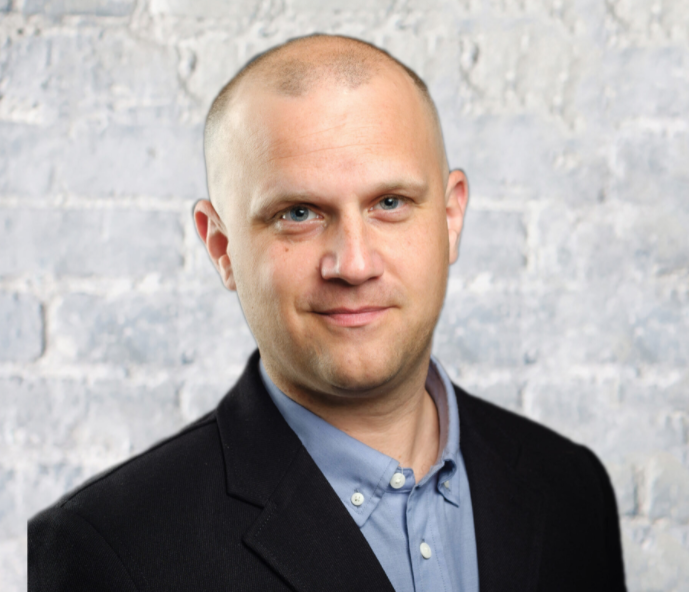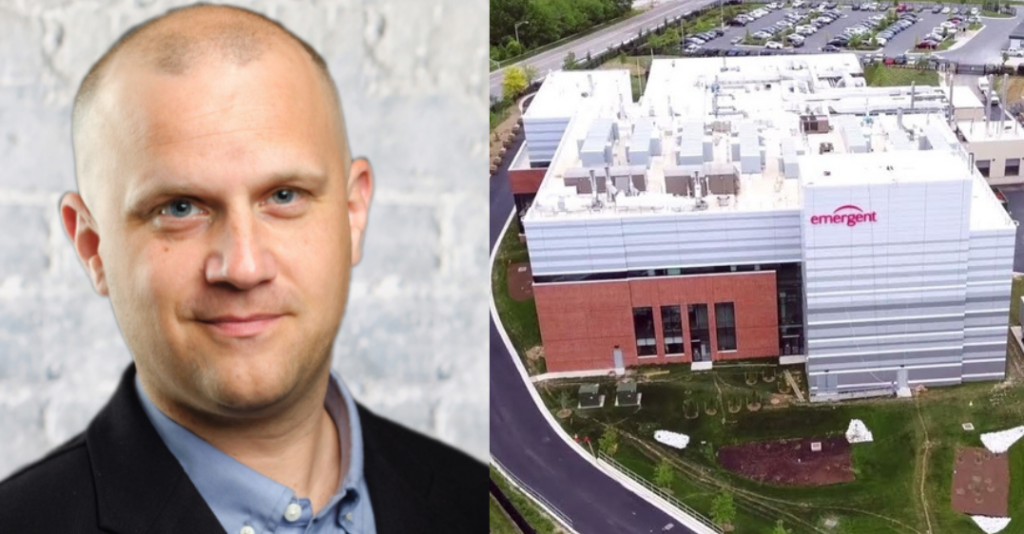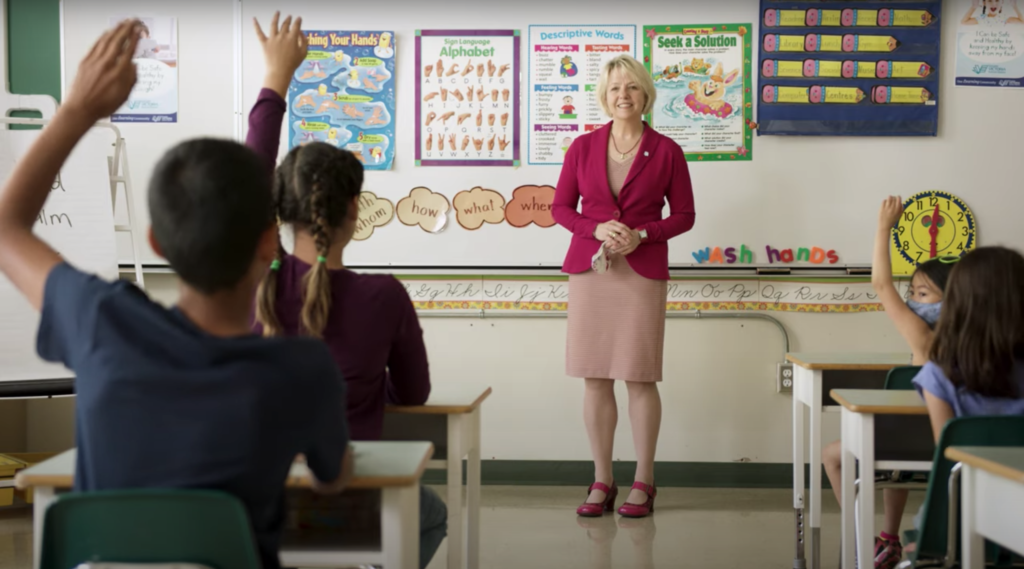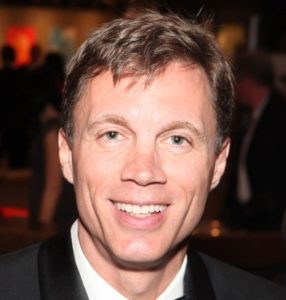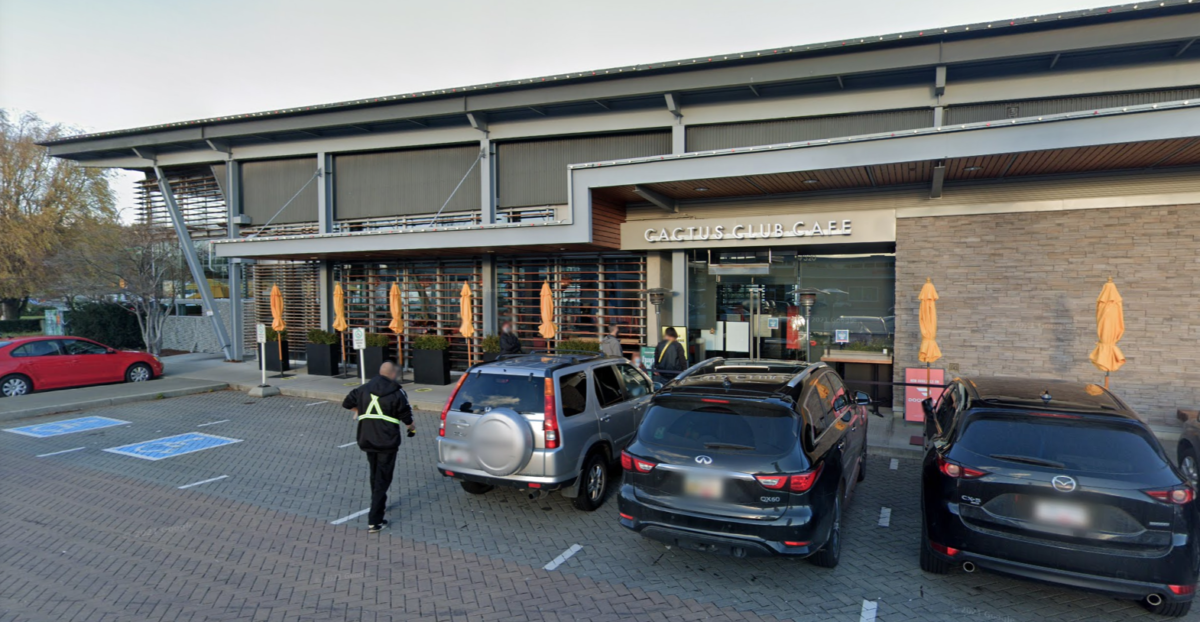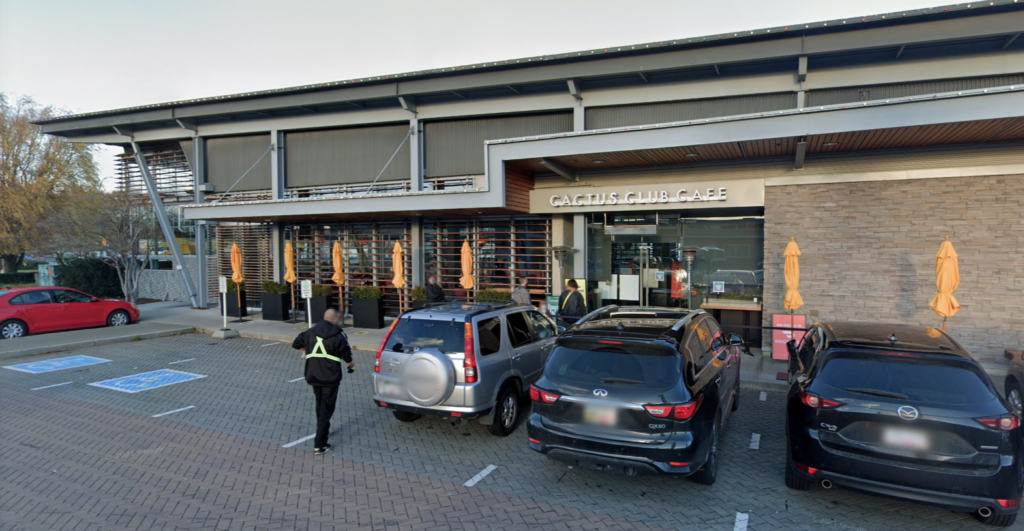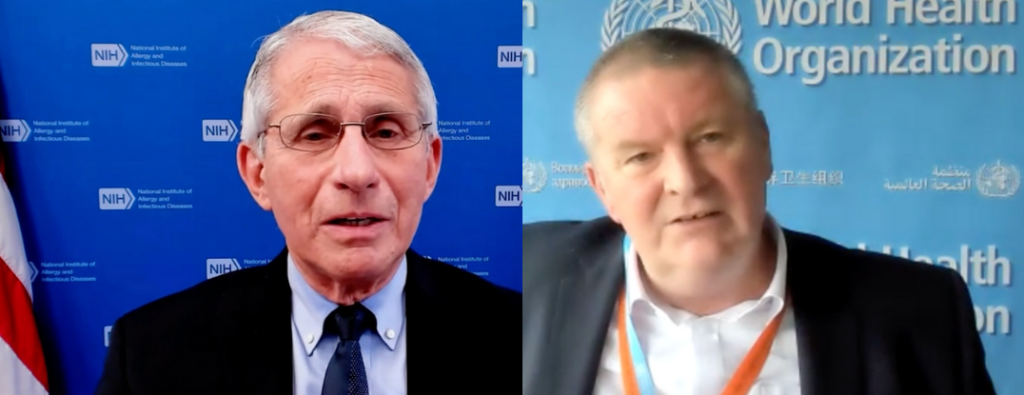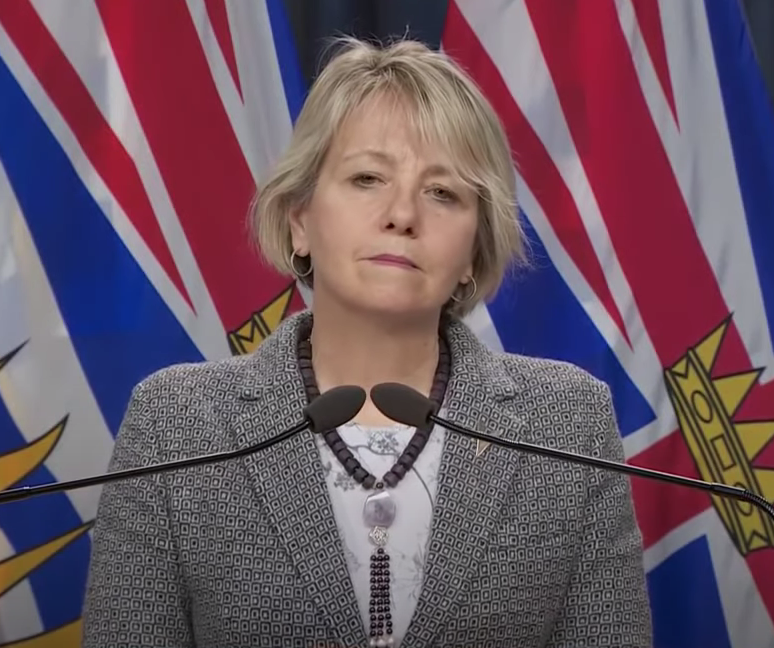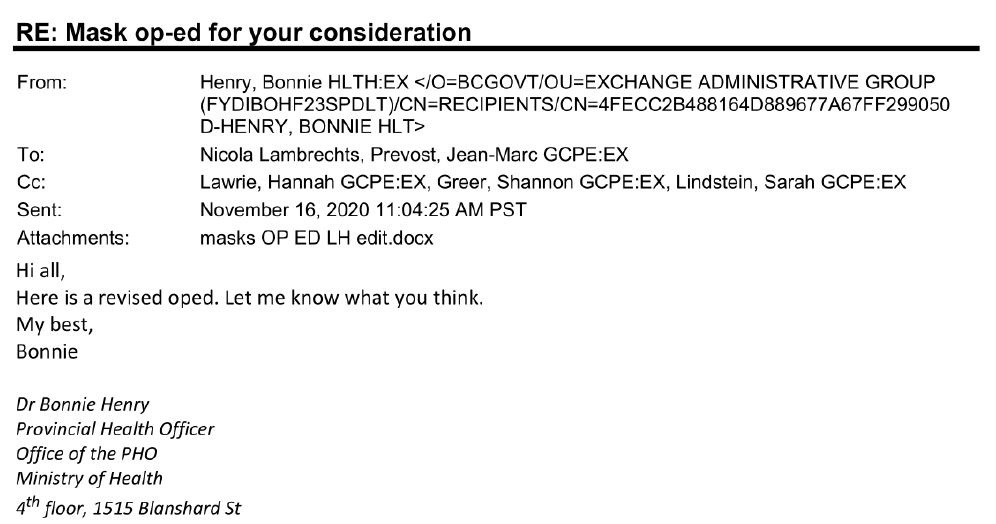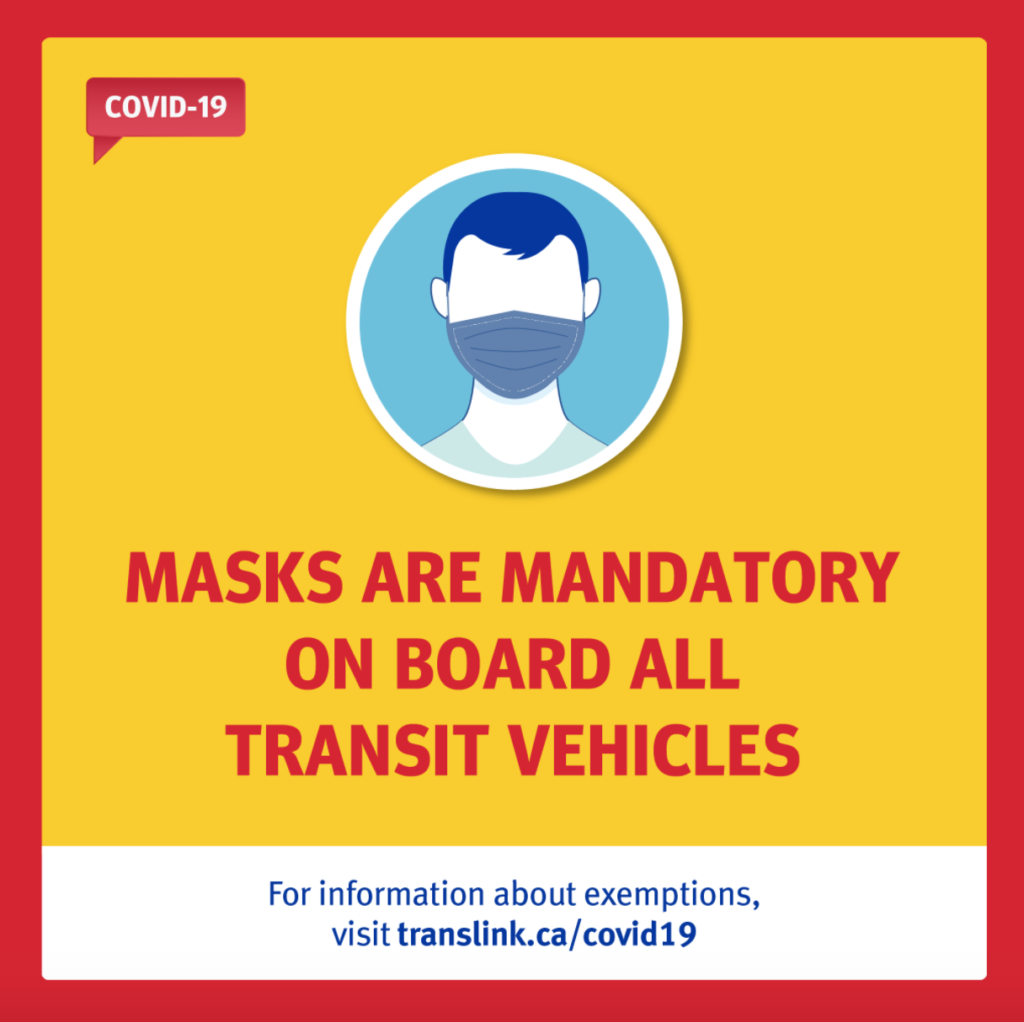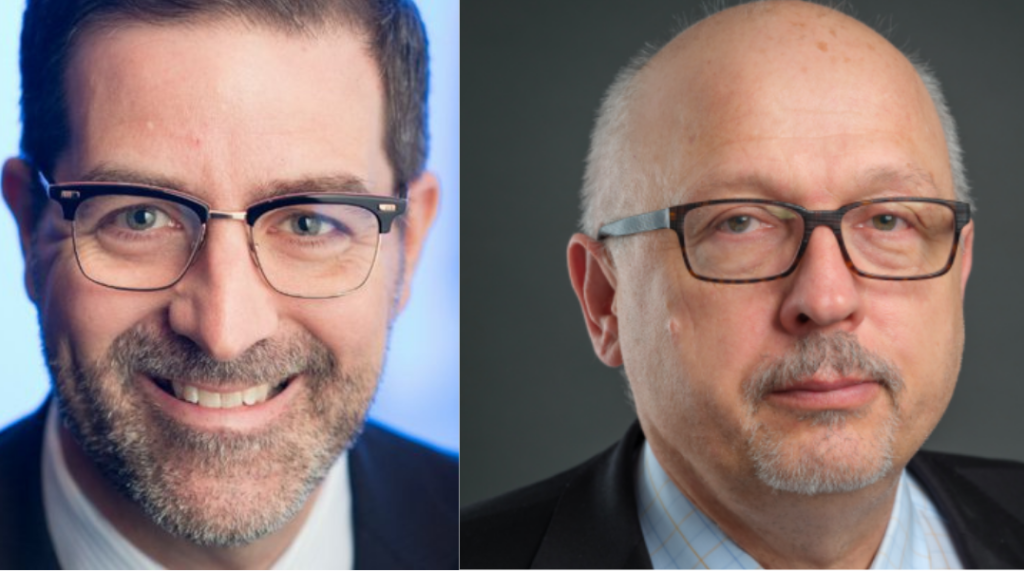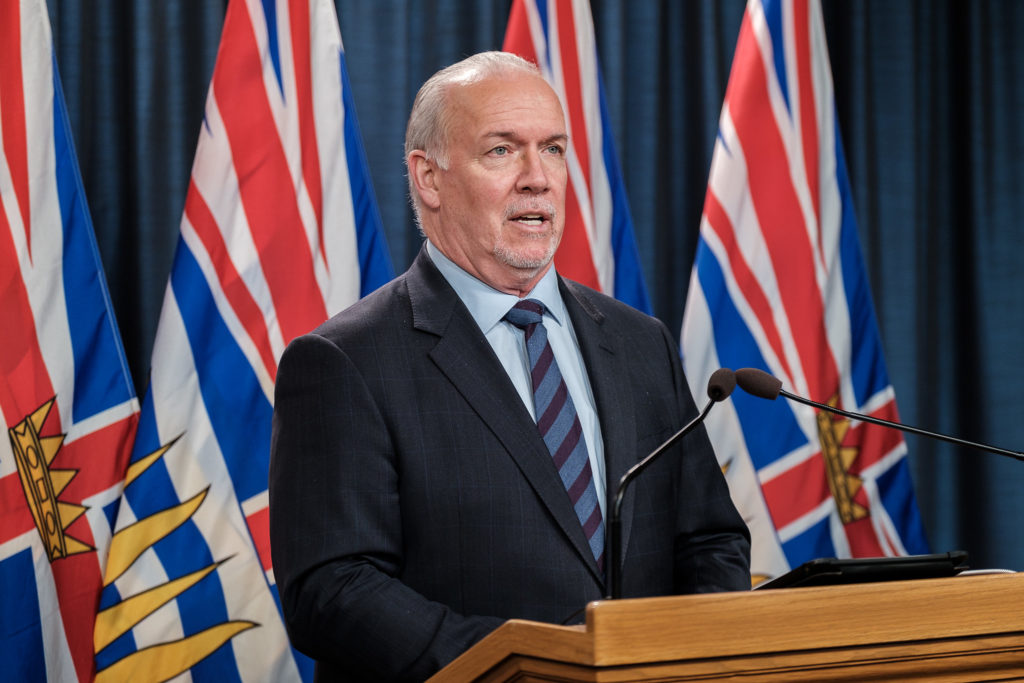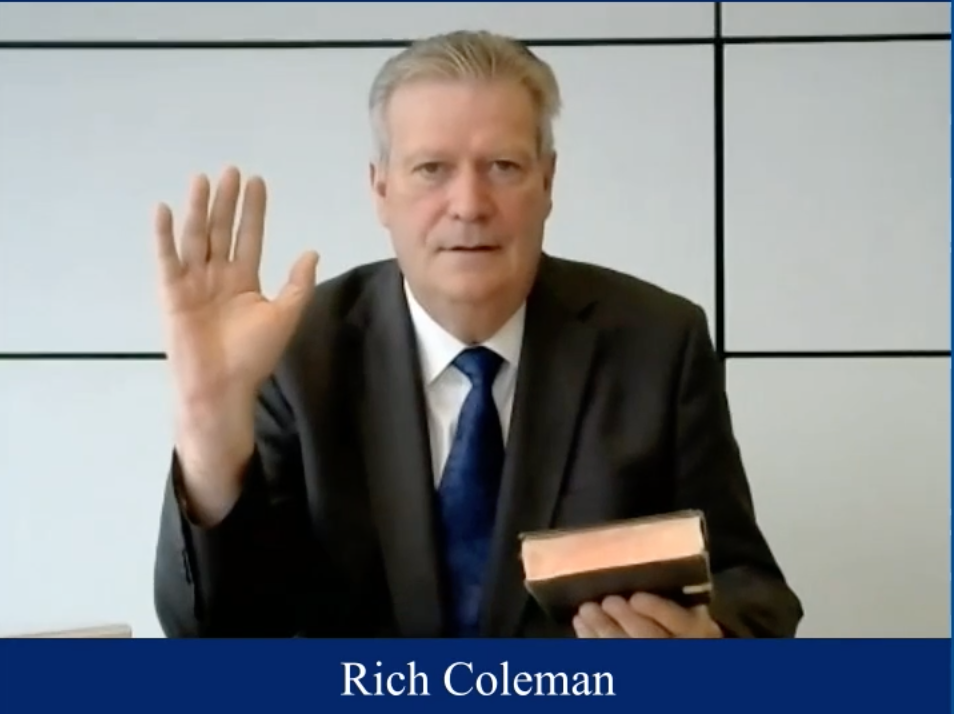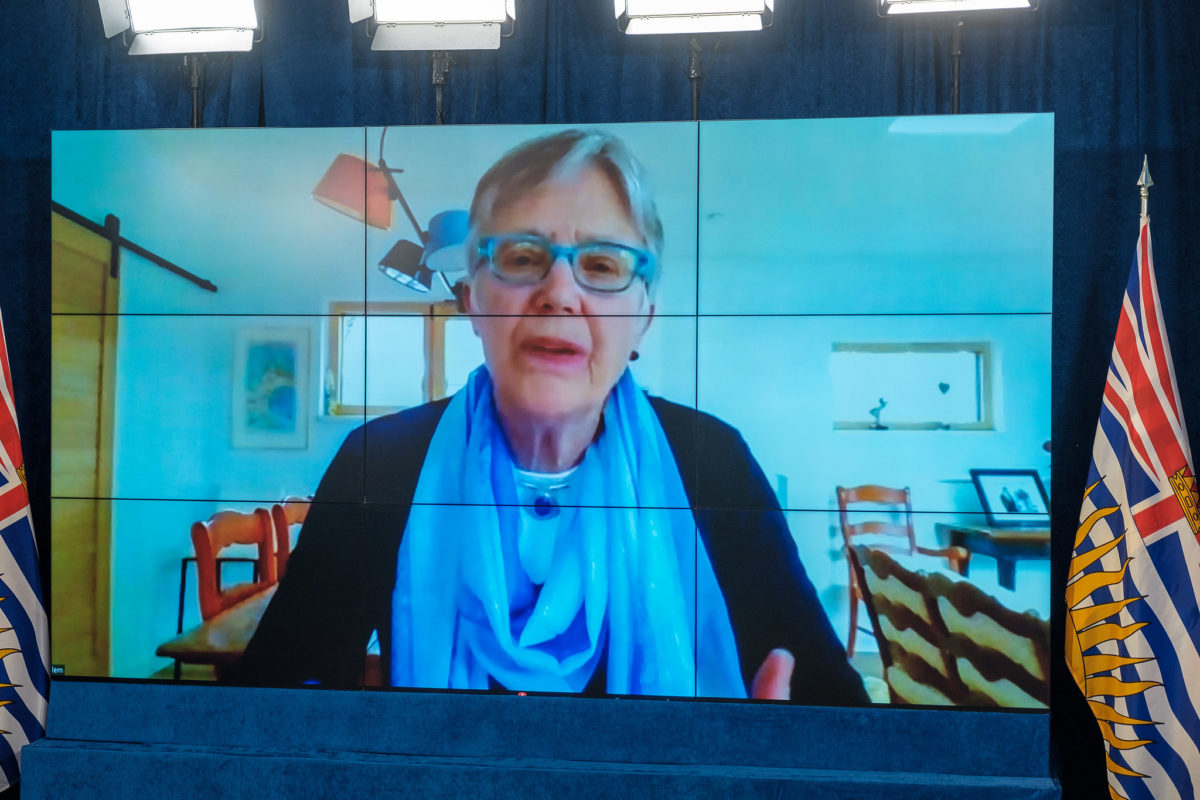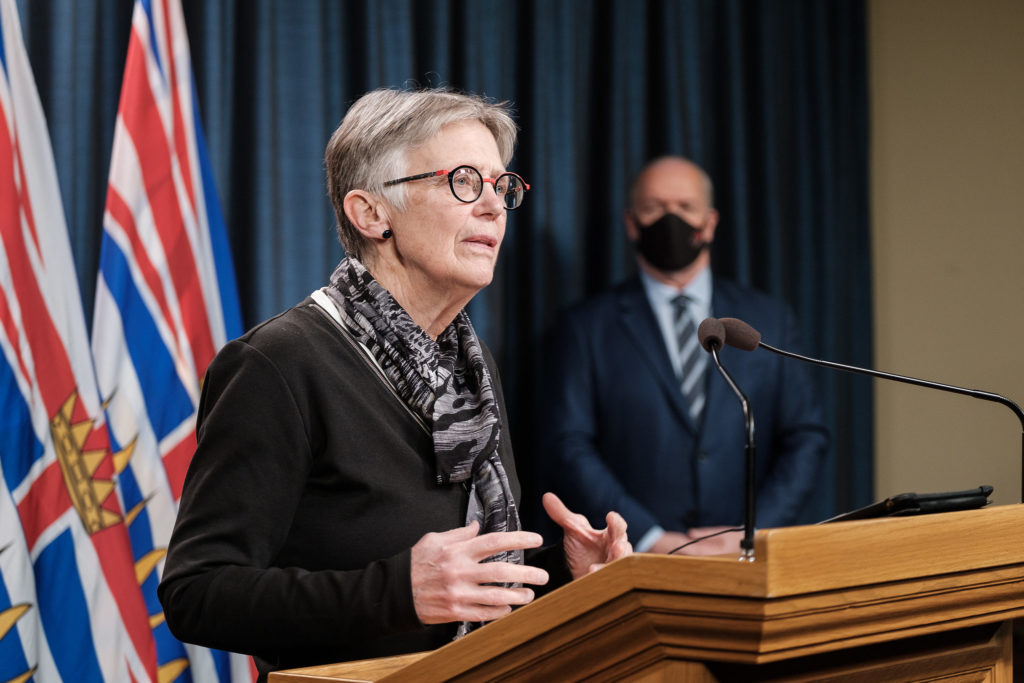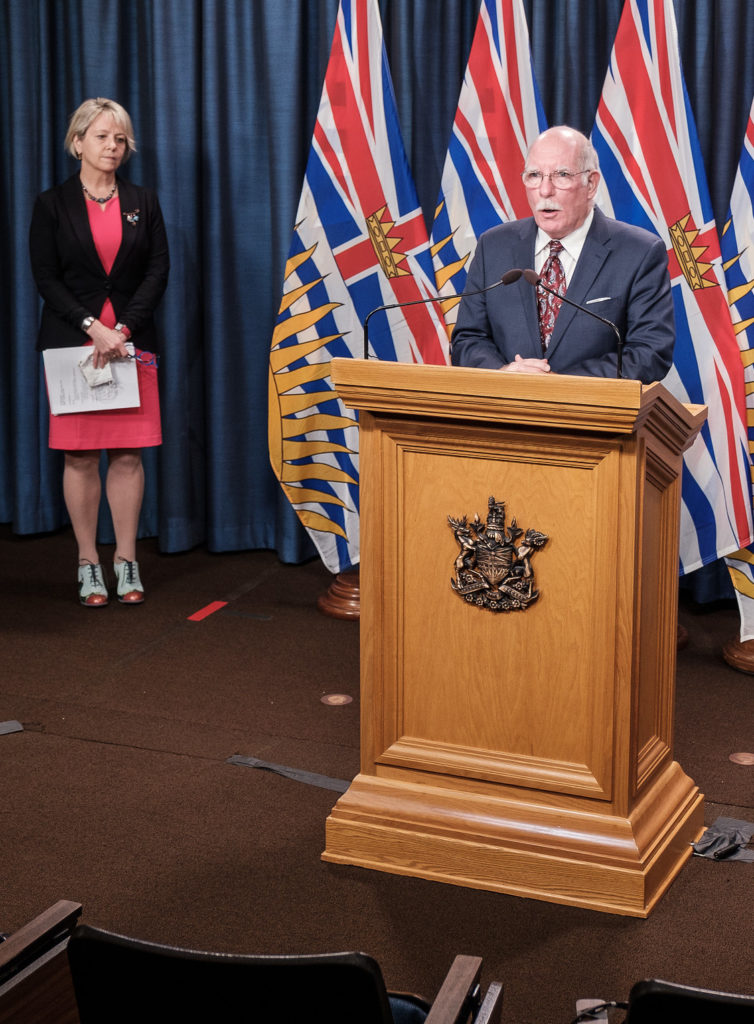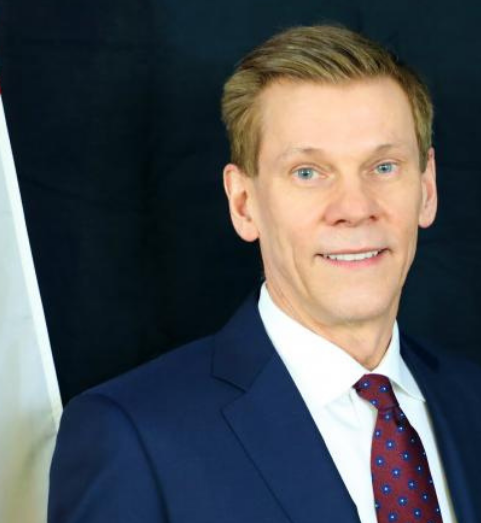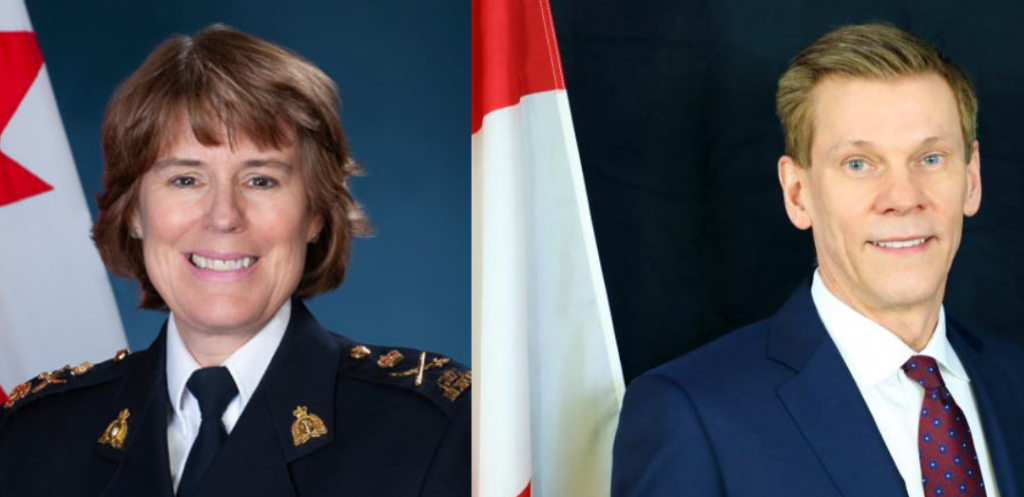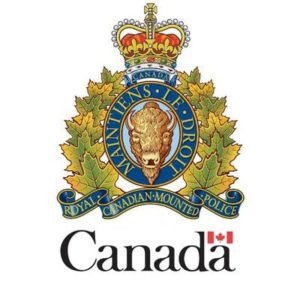“One-dose summer” won’t include senior box lacrosse, as pandemic precludes play again
Bob Mackin
The box won’t rock for another summer.
Western Lacrosse Association in B.C. and Major Series Lacrosse in Ontario announced May 18 that their 2021 seasons are cancelled by the coronavirus pandemic.
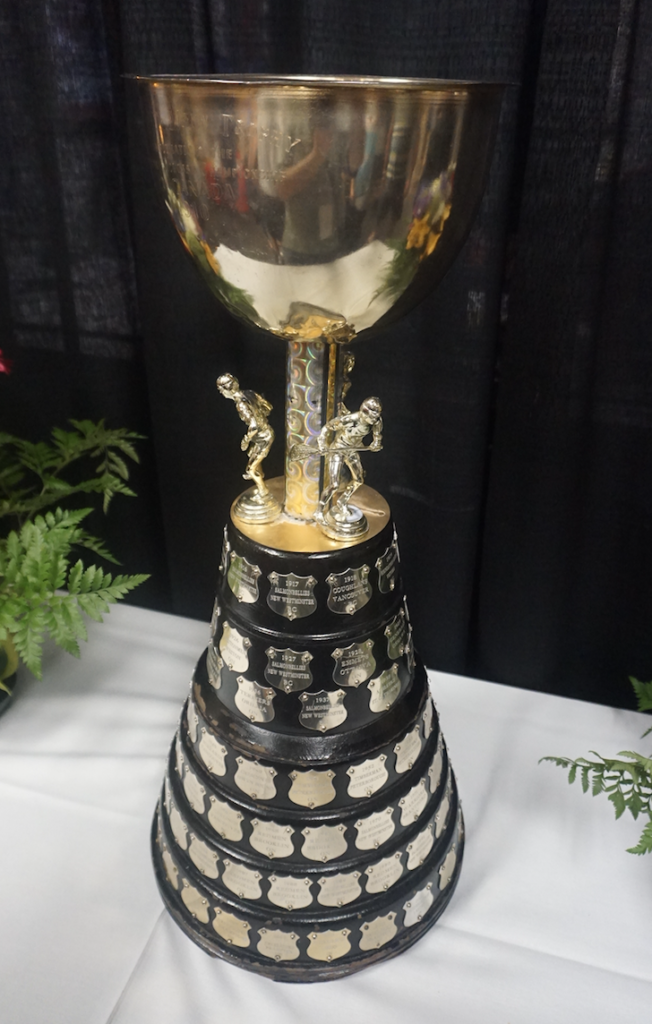
Mann Cup (Mackin)
That means there will be no Mann Cup national senior men’s championship for the second year.
The WLA normally begins in late May, but was planning on an early July start, leading to the Mann Cup series at the home of the MSL champion in September.
“The only logical decision, as regrettable and unfortunate as it was, was to cancel the season,” WLA president Paul Dal Monte told theBreaker.news.
B.C. Provincial Health Officer Dr. Bonnie Henry is expected to maintain a ban on large indoor gatherings through the summer. Adult indoor sports are currently limited to two participants. B.C. is also under a non-essential travel mandate and BC Ferries has reduced sailings between the Lower Mainland and Vancouver Island, home of two of the WLA’s seven teams.
Dal Monte said provincial health officials were “transparent and forthcoming, very honest in their answers,” but the league was unable to conduct an isolated “bubble” format similar to the Western Hockey League or “pods” like the B.C. Hockey League.
“[Lacrosse is] a community, grassroots level sport that has the support of a very large, passionate fan base,” Dal Monte said. “We do also rely on those ticket sales to drive our revenues and to support our teams. When you factor in on top of that a lot of our sponsorship is local and regionally based, those business themselves have been hurting and suffering as a result of the pandemic.”
It will be the second time in the post-1926 modern era of Canadian lacrosse that no national champion will be crowned. Peterborough Lakers went home with the trophy in 2019 after defeating the Victoria Shamrocks in five games.
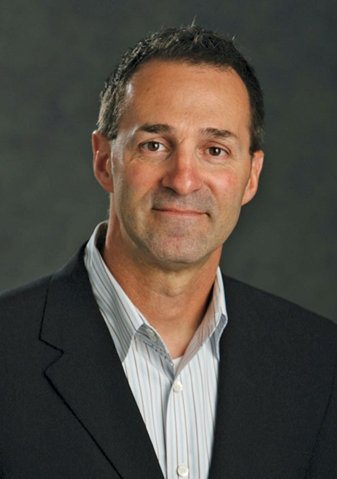
Western Lacrosse Association president Paul Dal Monte (WLA)
“Our Premier is a season ticket holder for the Shamrocks, he’s a huge lacrosse fan. I’m sure there’s no one else who would love to see lacrosse back as much as him,” Dal Monte said. “At the end of the day there are important things we have to deal with as a society.
The cancellation is another blow to British Columbians suffering through Canada’s slow vaccine rollout.
While American sporting venues gradually fill with fully vaccinated, maskless fans, the Vancouver Whitecaps are forced to play home games in Sandy, Utah home and the Vancouver Canadians in Hillsboro, Ore. The Canadian Football League’s kickoff was delayed to August, but the BC Lions do not know when or if they will welcome fans back to B.C. Place.
Support theBreaker.news for as low as $2 a month on Patreon. Find out how. Click here.
Bob Mackin The box won’t rock for






